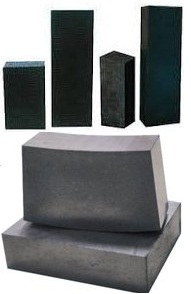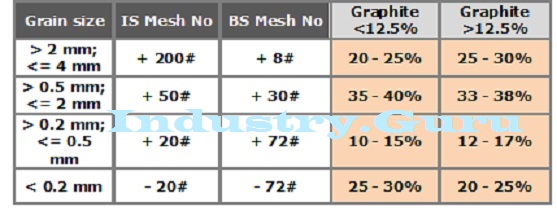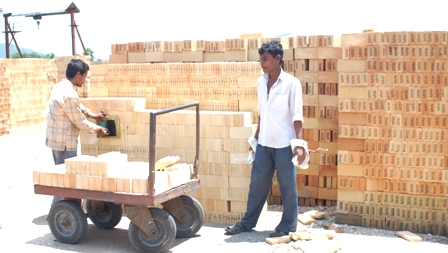7-July-2020
=> Material and personal transport must be coordinated with the piping designer during the planning phase. Manholes, equipment for scaffolds and material transport must be determined.
‘Piping’
and ‘Chutes’ are used in furnaces for the purpose of transporting hot air,
gases or solid usually accompanied with fine, hot dust particles. Depending on
the existing stress, the piping is lined with single layer or multilayer
insulating refractory materials.
Examples for piping with diameters up to 2000
mm are gas piping for Reformers and
metal slides in Preheaters of Cement Plants. Examples for piping with
diameters above 2000 mm are recirculation shafts in Lignite Power Plants and Hot Blast Mains in Blast Furnace of Steel Plants.
Below
given are certain points (rules) must be taken care of while doing refractory
lining of pipes, chutes and circular or curved structures in a furnace:
=> Material and personal transport must be coordinated with the piping designer during the planning phase. Manholes, equipment for scaffolds and material transport must be determined.
=> If the refractory lining consists of
several layers, each layer should be installed separately or section by section
in order to prevent material mix-up.
=> Expansion joints may not be smaller
or larger than what is indicated in the drawings. Mortar residue or other
contamination (dust etc.) must not get into the expansion joints.
=> Expansion joint bricks, closed bricks
and bricks for bevel areas must be measured, finished and installed precisely.
Hollow spaces must be avoided due to danger of background currents.
=> If piping is lined on the ground, a
trial installation of the closer piece to be fitted into each stand of pipes
must be undertaken or it must be lined on site.
=> The lining on the ground is only
possible if both piping and refractory designer have already determined length
and weight of the pipe chutes. This will help prevent undesired deformations of
the lined pipes.
=> In order to prevent transportation
damages the lining of pipe chutes having larger diameters should be protected
by braces. These braces must be of such a design and make that they can be
securely transported and can be easily removed without damaging the lining.
=> The refractory lining dimensions,
especially at the ends of pipe chutes, must be precisely observed. Crowding and
damage to the refractory lining during assembly should be prevented.
=> Below expansion joints must be
approved and cleared by the piping designer before refractory lining work
starts. Special attention must be given to observance of the cold dimensions
(initial tension / stress) and flow direction.












